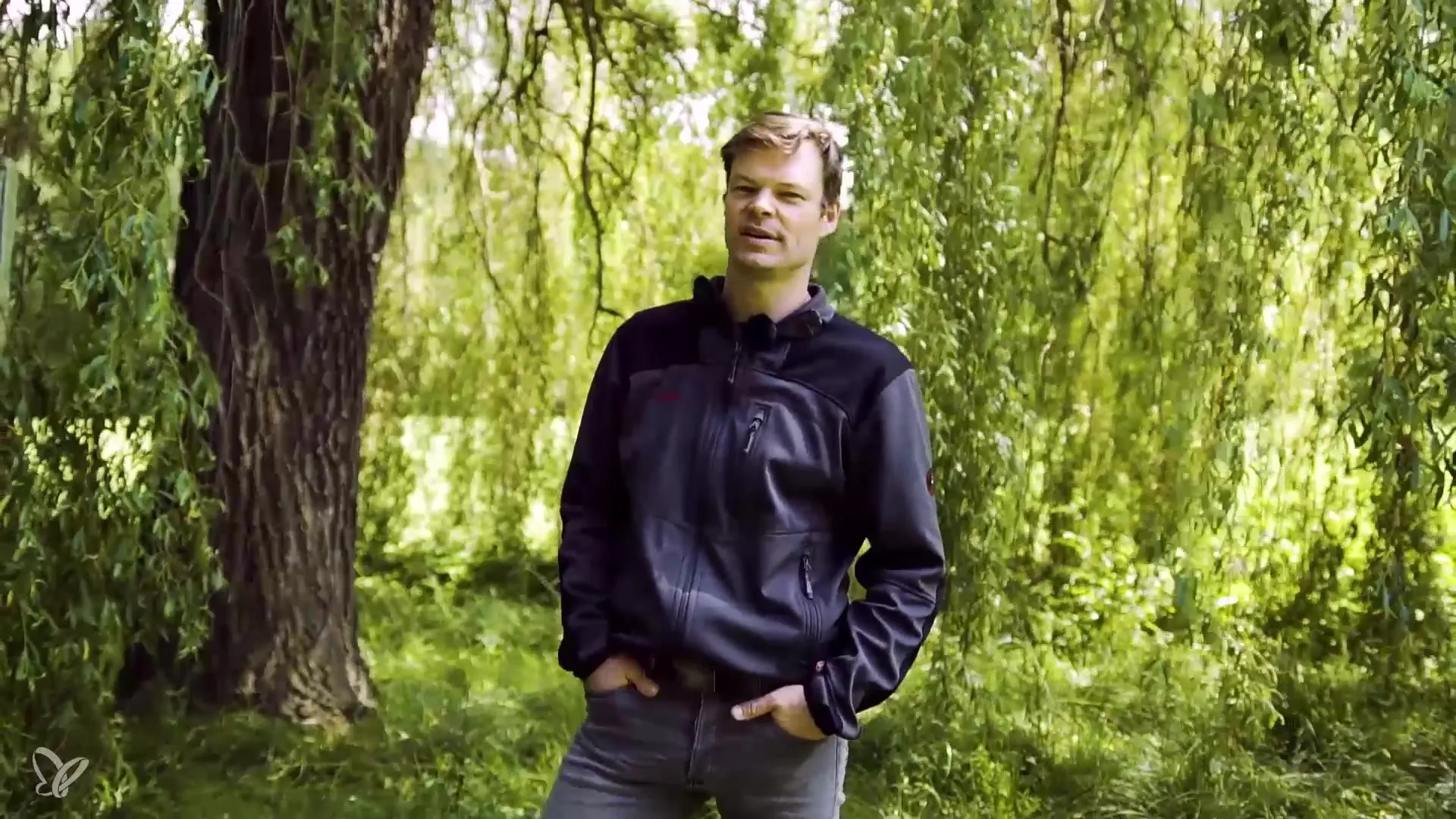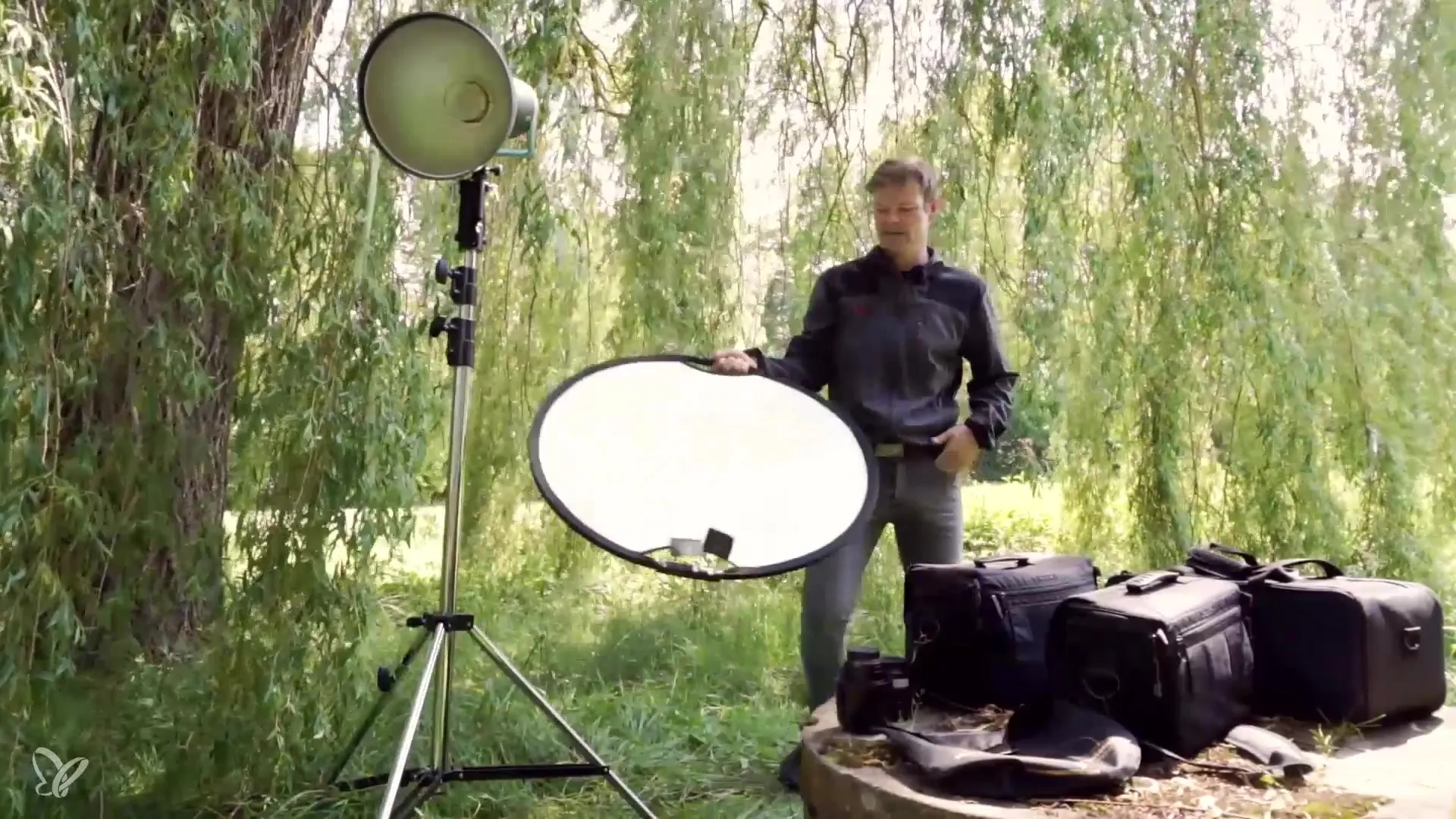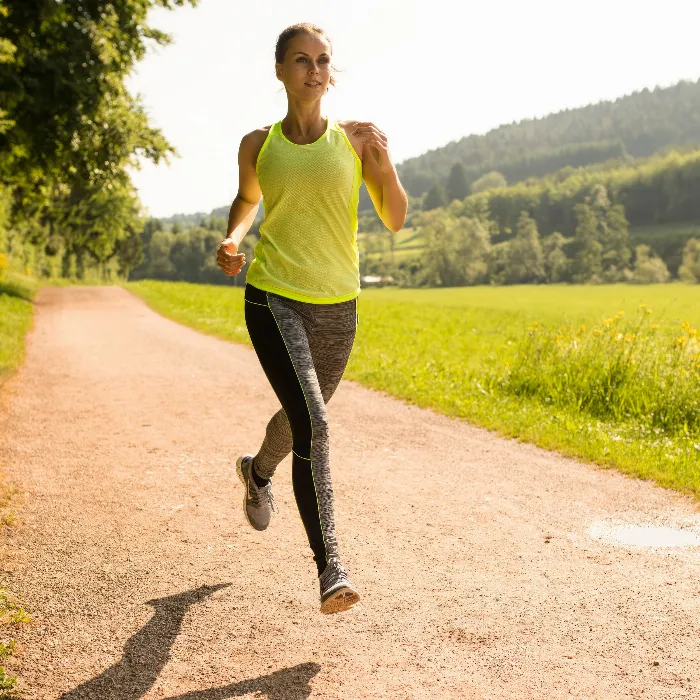Lighting is a crucial element in sports photography, often making the difference between an average and an outstanding image. In this tutorial, we will discuss four basic light sources that you can use effectively in your photography. Each chapter provides valuable insights that will help you make the most of natural light and artificial light sources.
Main Insights The four light sources that we will cover in this tutorial are:
- Natural Light
- Reflectors
- Shoe Mount Flash
- Compact Flash.
These light sources will not only help you control the lighting mood in your images but also highlight the emotions of your subjects.
Step-by-Step Guide
1. Utilize Natural Sunlight
To effectively utilize natural light, the timing of your shoot is crucial. Plan your photo session so that you shoot in the morning or towards the evening, as the light is softer during these times. Pay attention to how the light falls on your subject and what emotions you want to capture. With sunlight, control is limited; therefore, you must think carefully about when the ideal time is.

2. Using a Reflector
A reflector can be crucial for manipulating available light. In this case, we are using a reflector with a white, zebra-like surface. This type of reflector allows light to fall evenly on your subject and can be used during the day when the sun is high. Position the reflector so that it gently catches the light and bounces it back onto the subject's face.

3. Using Shoe Mount Flashes
Shoe mount flashes offer you a flexible way to control lighting. You can use them directly on the camera or use them off-camera to bring more creativity to your shots. Using a single flash can help you better control the lighting conditions and understand the challenges of using flash over longer distances. Make sure to position the flash well to create the best light.
4. Compact Flash for Professional Results
The compact flash, like the Siros from Brunkoller, is particularly beneficial for professional photographers. This powerful device has a high recycling speed and can be easily combined with different reflectors. Make sure to use a sturdy tripod to hold the flash. If mobility is important to you, consider a lightweight tripod and complement it with a sandbag for more stability.
Summary – Staged Sports Photography: Light Sources and Their Application
This guide has shown you how to effectively use four different light sources in your sports photography. From natural light to reflectors to flash devices – each source has its own characteristics and advantages. By understanding and creatively using these light sources, you will be able to create impressive and emotional sports photos.
Frequently Asked Questions
How do I best utilize natural light?Plan your photo sessions during the golden hours to get soft light.
What are the advantages of a reflector?A reflector helps to control existing light and can brighten the subject.
When should I use a shoe mount flash?A shoe mount flash can improve lighting conditions in difficult situations and give you more control.
What characterizes a compact flash?A compact flash is powerful, easy to control, and allows for versatile lighting designs.


